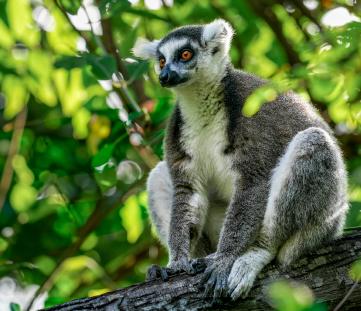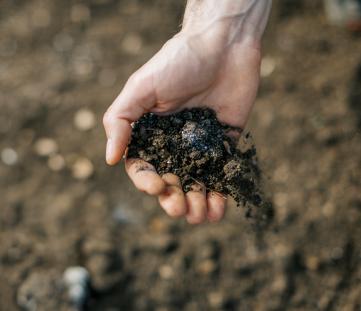ID: XED-6K47
ID: XED-6K47
Asiatic Mangrove
Rhizophora mucronata
Photo
Madagascar
12:52 - 25°C
My connections
My ID card
Who am I?
Date of birth
09/23/2024
Name
Asiatic Mangrove
Tree
Asiatic Mangrove
Where am I located?
Country
Madagascar
Place of birth
Mahajanga
Coordinates
15° 45′ 15.03″ S
46° 22′ 53.8″ E
/46.38161133,-15.75417403,0/500x333@2x?access_token=pk.eyJ1IjoidG9tbWFzb3NwZXJvbmkiLCJhIjoiY2tnOTE3eW12MDJqazMybXNzOWV1YjloOSJ9.wtGsuDU7XIKjcv2cq8CiXw&logo=false&attribution=false)
My Timeline
The important moments in your tree's life.
Seed
It all starts with a tiny seed, nice and warm in the soil.
Nursery
Your seedling is big enough to be welcomed into one of our nurseries, along with many others.
Planted
We’re here! Your tree has reached its new home: it’s been planted by a smallholder, who’ll take care of it for years to come.
Photo
Strike a pose! Now that it’s big enough, here’s a photo of your tree!
My Gallery
Nursery

Planted
/46.38161133,-15.75417403,0/500x333@2x?access_token=pk.eyJ1IjoidG9tbWFzb3NwZXJvbmkiLCJhIjoiY2tnOTE3eW12MDJqazMybXNzOWV1YjloOSJ9.wtGsuDU7XIKjcv2cq8CiXw&logo=false&attribution=false)
46° 22′ 53.8″ E
Photo

Curiosity about me
The important moments in your tree's life.
Let's start with introductions
This mangrove species is typical of India’s west coast and East Africa. It is a medium to small evergreen. The tallest specimens grow near water, while the shorter ones are found in the hinterland. The tree has a large number of aerial stilt roots, buttressing the trunk. The leaves are elliptical, usually about 12 centimetres long and 6 centimetres wide.
Meaning
Shelter
The roots of this tree harbour an immense variety of animal species, from fish, which use its roots as a nursery, to sea birds and crabs!

How much CO2 I’ll absorb
My estimated CO2 absorption capacity is based on the first 10 years of my life*
Current absorption
- 0 kg
2024
0 kg
2034
-50 kg
* The tree will continue to absorb CO2 even after the tenth year. Therefore this is a prudent estimate.
How I am useful to local communities

Biodiversity
It helps restocking various animal species, thus helping the variety of fauna and flora overall.

Soil
It improves the quality of the soil thanks to the nitrogen fixation process or it reduces soil erosion, thanks to its extended root system.
My benefits
40%
Food Security
The trees will bear fruits, some that will be edible immediately and others that can become edible through processing, ensuring food resources over time.
60%
Economic development
The trees' fruits and the products derived from their transformation can be traded in local networks, offering income opportunities.
20%
CO₂ Absorption
During its life cycle, each tree will offset CO₂. The trees that you plant can offset your emissions.
80%
Environmental protection
The trees are planted in agroforestry systems that favor the virtuous interaction between the different species and their positive impact on the environment and on the land.